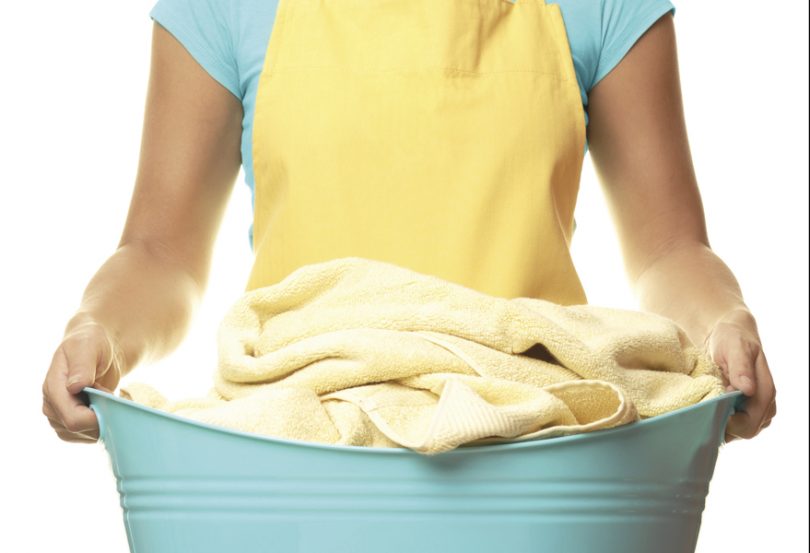Written by Brandy Centolanza
Battle allergens and germs to keep your family healthy this spring
This is typically the time of year when people reach for their brooms and mops and set about deep-cleaning the inside of their homes. Here, local physicians offer spring cleaning tips to make homes safer and healthier for families.
Air quality
“Common indoor allergens include house dust mites—a particular problem in our area—animal dander and, in some situations, indoor molds,” says Dr. Ann P. Zilliox with Allergy and Asthma of Oyster Point in Newport News. “House dust mites reside in carpeting, bedding and upholstered furniture. Removing carpeting is the single biggest control measure to reduce dust mite exposure. Carpet cleaning is potentially a double-edged sword. Shampooing carpets does not eliminate allergens and only adds moisture to the carpet, which serves to foster the growth of both house dust mites and molds.”
When using a feather duster or wipe, “People should be mindful of cleaning the hard to reach areas above, below, and behind, and be thorough,” adds Dr. Keith Espiritu, a family practitioner with Primary Health Group in Richmond. “Wear masks when necessary.”
Though people may be tempted to open windows to air out the house, it is not recommended.
“Outdoor pollens and molds can gain entrance through open windows and doors and contribute to the indoor allergen burden,” notes Zilliox.
Bedroom and playroom
Zilliox recommends impermeable mattress covers and frequently washing bed linens and blankets in hot water. “It is best to keep animals out of the house, if at all possible,” she says. “At a minimum, it is recommended that animals remain out of the bedroom and the carpeted areas of the house.”
Linens should be changed on a weekly basis and bedrooms should be regularly dusted and vacuumed. Playrooms should be organized: unused or broken toys should be removed, and all remaining items should be disinfected.
“Germs love to grow in most any place they get an opportunity, but especially warm, moist and dark places,” explains Karen McGoldrick, an infection preventionist with Sentara Williamsburg Regional Medical Center. “Any surface that is touched often by many hands—telephones, appliance handles, door knobs, remote controls, the computer keyboard and mouse—are places that should be cleaned regularly.”
Bathroom
In the bathroom, it is important to work on a “good regular cleaning of all surfaces,” says McGoldrick. “It is a good idea to keep toothbrushes covered. Also, family members should have separate or disposable cups and try not to share towels.” The mirror and the shower stall should be wiped clean routinely and the shower curtain should be washed and disinfected to prevent mildew.
“The best way to kill germs is a bleach-based cleaner,” says McGoldrick. “If the odor is a problem, any other disinfecting cleaner can be used. Always read the label to see what is in the container and what it says it will kill.”
And don’t forget to clear out the medicine cabinet and remove any expired medications.
Kitchen and office
The pantry should also be cleaned out to dispose of expired foods. When tackling the fridge, remember that “perishable items in the refrigerator should be discarded after three days in most cases,” says McGoldrick.
Also take a look at your cutting boards, sponges and washcloths. Bacteria can hide in the cracks of wooden boards, and can grow in the sponge. McGoldrick advises placing the sponge in a dishwasher every so often to kill any germs.
Spring cleaning should include the office, too. Taking a disinfecting wipe to the computer and desktop can help prevent the spread of germs, as some studies suggest office desks have more bacteria growth than a toilet seat.

